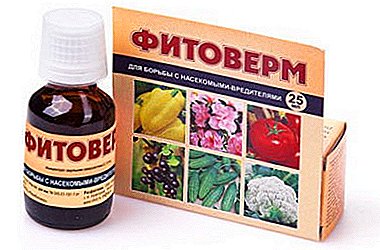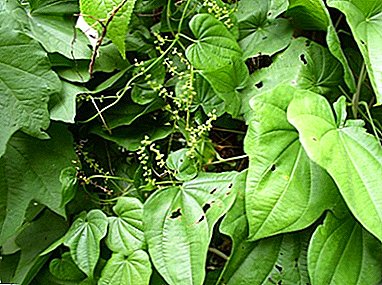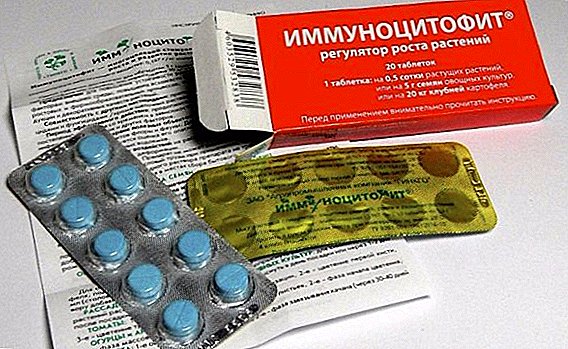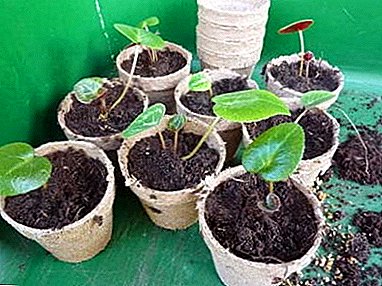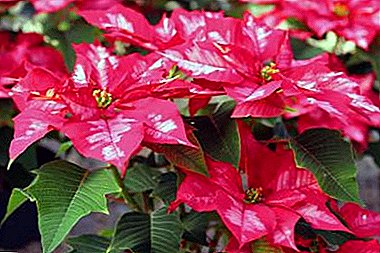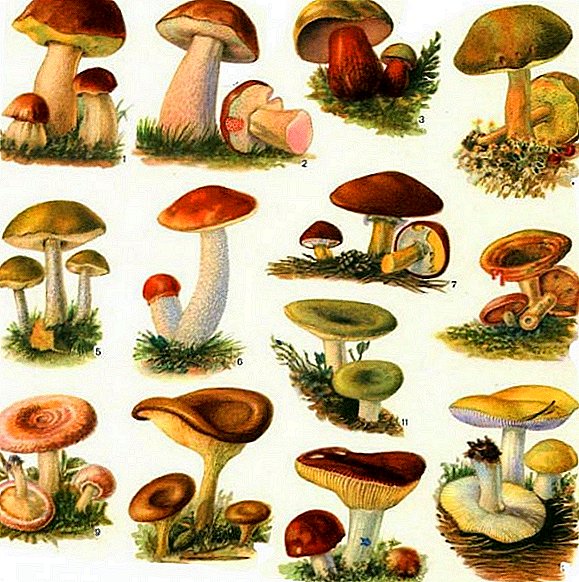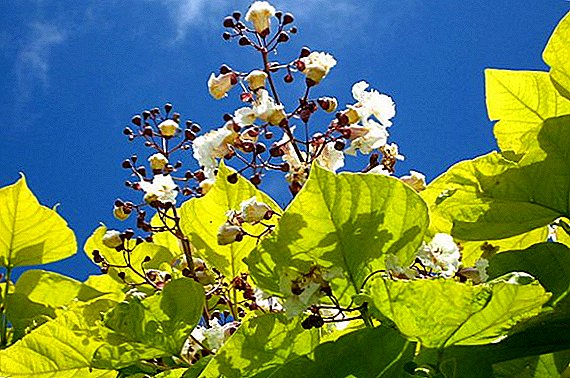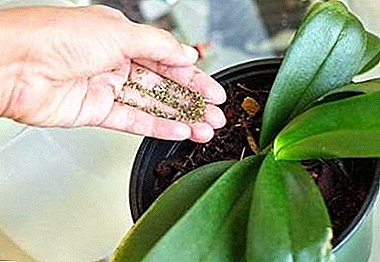
The homeland of orchids is tropical rainforests. These flowers can grow on anything: tree trunks, rocks, cobblestones - they just need support.
People love this flower for its beautiful flowering, and always want to achieve maximum results with the help of certain conditions, including fertilizing, which is a prerequisite for lush flowering and flower health.
Why doesn't the plant have flowering?
This plant has become increasingly appear on the windowsills of apartments and houses, but, unfortunately, orchid can not always bloom like in natural conditions. Sources of its good nutrition:
- Highly humidified air.
- The wood on which it grows.
- The soil.
As for the home conditions, they are significantly different from the natural ones, so the orchid may not bloom without top dressing. In addition, we need a special schedule of such, which must be strictly followed.
Ways to solve the problem
Food of any plant should be rational and balanced. It is advisable to buy a fertilizer that is adapted for epiphytes. Necessary chemical elements for flowering:
- Potassium. Serves to ensure the normal metabolism of the plant. Also responsible for immunity and photosynthesis. It is in summer, when the flower is most vulnerable to pests, such fertilizers are applied.
- Phosphorus. Stimulates the blooming of flowers and the formation of flower stalks. In this substance, the plant needs in the fall, when the formation of flower buds.
- Nitrogen - It is necessary for the plant for the growth of leaves, as well as their proper development. The life of a flower depends on the area of foliage. If the area becomes smaller, it dies. This substance is necessary for the orchid in the spring, when there is a period of intensive growth of the leaves.
- Trace elements - boron, zinc, manganese, cobalt, molybdenum, silicium, etc.

These substances are in various fertilizers, but the matter is still in their percentage.
What to feed?
In order for orchids to delight their owner with lush flowering and the same foliage, you need to follow, as already mentioned, the feeding schedule. As a rule, these flowers are sold in a flowering state, because only in this way can the quality of a flower be compared with the declared variety. Main the difference of a flower from others is that they grow only on the substrate:
- Ground pine bark.
- Moss sphagnum
As for the food itself, it is extracted from water and air humidity. These conditions are still not enough for the orchid to actively grow and blossom - we also need macro and microelements.
Means for top dressing:
- Bona forte. Produced in Russia in the series "Health" and "Beauty." They are recommended to alternate.
- Risil for orchids - also a domestic manufacturer.
- Uniflor-bud. Inexpensive fertilizer produced in Russia. For orchids diluted to the required concentration.
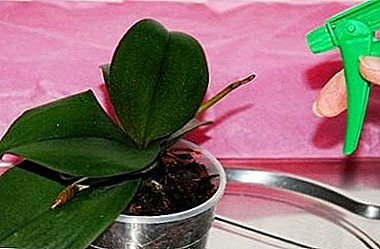 Schultz Orchid Food. Made in Germany. Very expensive feeding.
Schultz Orchid Food. Made in Germany. Very expensive feeding.- Pokon. Holland. Judging by the reviews, the composition is not the one that is claimed or a lot of fakes.
- Ethisso. The concentration of this fertilizer must be reduced.
- Epin. Ambulance for orchids. Stimulates the root system and is a real vitamin cocktail. They are soaked roots during transplantation and sprayed the foliage. Five drops of the product are dissolved in one glass of water for spraying.
- Zircon. An excellent tool for rooting, improving immunity. It is both a root feed and a means for soaking during plant transplantation.
It is allowed to feed the flower and other fertilizers that are not intended for indoor plants in flowering condition - the main thing is not to exceed the desired concentration. There is no definite answer here, because some fertilizers are diluted with water by half, while others need much more water - it all depends on the concentration of one or another type of substance.
For abundant flowering it is necessary to apply the composition, where nitrogen should be less than potassium and phosphorus. Otherwise, all the forces of the plant will be thrown on the growth of leaves, not flowers. Nitrogen, phosphorus, potassium in the composition should be fertilizers approximately: 5 + 6 + 7. If these numbers are greater, you need to dilute the tool with water in large quantities.
Do not forget about foliar dressing. To do this, both wipe and sprinkle with a special composition of the leaves of the plant - this is done at any time, in any season. Fertilizers are used the same, but their concentration should be lower by half with respect to irrigation. However, there are special preparations:
- Dr. Folly - Orchid. Designed for weekly use. Suitable for both wiping leaves and spraying.
- Emerald. The problem of yellow leaves is eliminated by spraying.
- Bona forte. Complex fertilizer to stimulate root growth, flowering and healthy greenery.
- Brexil Combi. Vitamin remedy for these colors, which may lack iron. Spraying agent.
- Pokon for orchids. Complete nutrition.

You can also get acquainted with the best means for fertilizing orchids here.
How to fertilize to give babies at home?
In order for the orchid not only to bloom, but also to give "babies", cytokinium paste is successfully used, and the packaging is 1.5 ml. It is vitamin, phytohormonal, able to awaken dormant buds and form new ones. Next, sprouting honey and "kids." This occurs after 7-14 days without damage to the main plant.
Do not feed the flower during the flowering period - this greatly not only shortens the duration of this phase, but also adversely affects the health of the flower in the future.
On the street
Orchids grow on the street - it largely depends on the region. They can be grown, for example, in the garden. If natural conditions contribute little to this, then correctly adjusting the level of moisture and shade, imitating the natural environment, can achieve impressive results. When the air temperature drops below 15 ° C, flowers should be brought into the house.
Once every three weeks you need to spray a mixture of horticultural oil and water, adding a few drops of ordinary dishwashing detergent - this will protect the flowers from insects. The rest of the care is similar to home.
Fertilizer for the plant to bloom
In spring and autumn, fertilizers are applied twice a month.in summer and winter - once.
 For one-time feeding:
For one-time feeding:
- Peat moss sphagnum - excellent, permanent fertilizer, and, at the same time, drainage.
- Clean sheet in sticks. One or two sticks last for three months. Suitable for nutrition.
For constant:
- Ambico Orchid. Submitted once every 10 days.
- Fertika Suite. For year-round use, as well as before flowering.
What means to choose?
What to water the plant for flowering and that it always blooms? One of the most advanced dressings to date - Tsitovit. She is able to even bring the withered arrow back to life. In addition, the fall of the ovaries is prevented, there are no “sleeping” kidneys, and it is a preventive remedy for many diseases. But an even greater effect is achieved when mixed with Zircon.
Step by Step:
- Before fertilizing the flower is abundantly watered.
- Both means are mixed in equal proportions - 4 drops each per liter of water. Water should be slightly warmer than room temperature.
- A flower pot with a flower slowly descends into a container with fertilizer for 15 minutes, while keeping the bark in place with your hands in order to avoid its displacement. In addition, you must make a solution and through the top of the pot.
- After removing the pot, you need to wait until excess solution flows back into the container.
Reference! After watering the flower should not remain in a cold room.
The basic rule for feeding - measure. It is better to apply less fertilizer and not overfeed than vice versa. Universal fertilizers should be diluted three or even four times.
Conclusion
The choice of the type of fertilizer always remains with the owner of the flower. The modern market offers a considerable number of different compositions, but experience shows that orchid owners most often use exactly those tools that are recommended by friends and acquaintances. However, this does not exclude the use of the Internet for these purposes. Some flower growers prefer to consult in specialized stores. Good luck in growing orchids!


 Schultz Orchid Food. Made in Germany. Very expensive feeding.
Schultz Orchid Food. Made in Germany. Very expensive feeding.